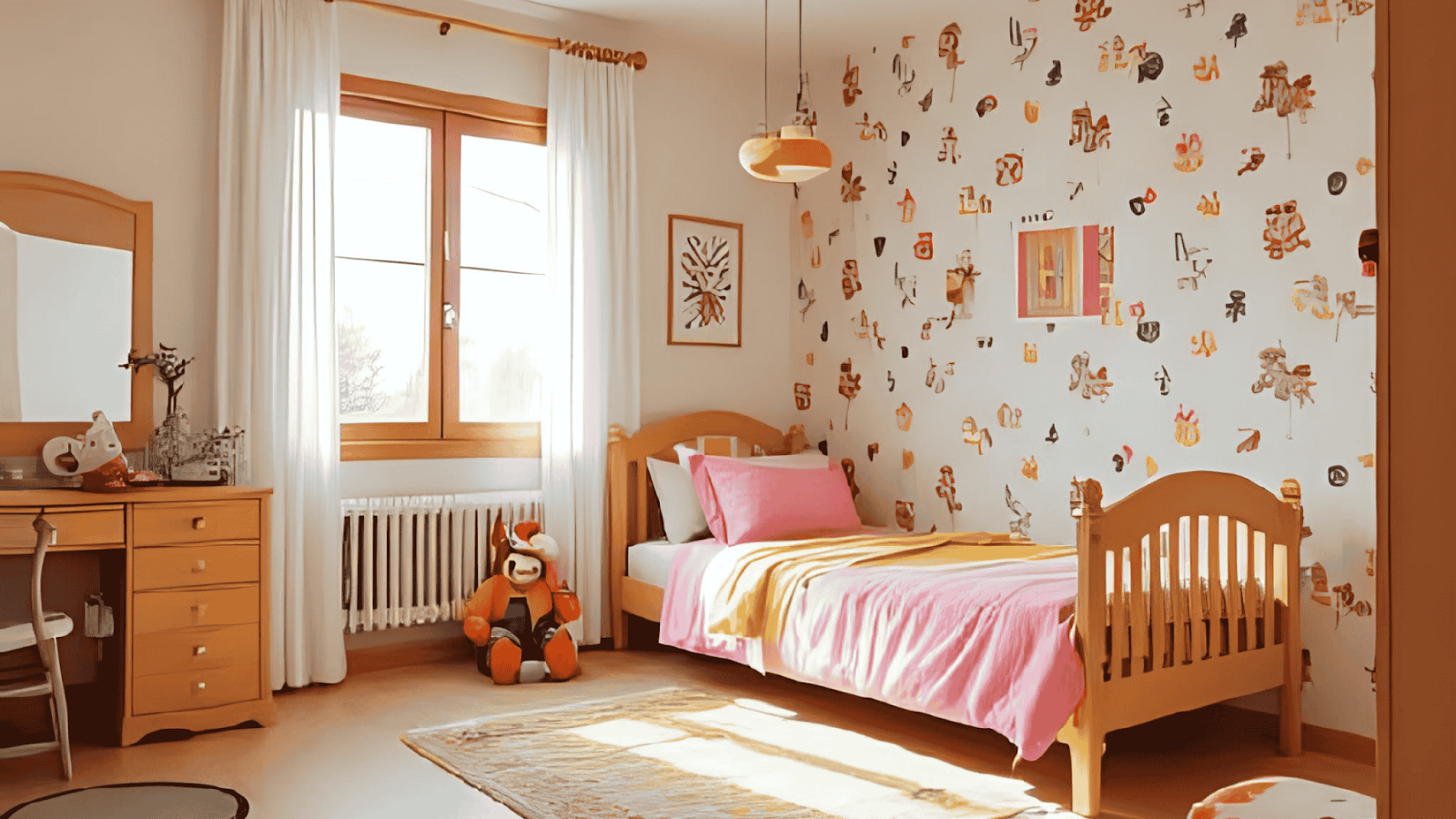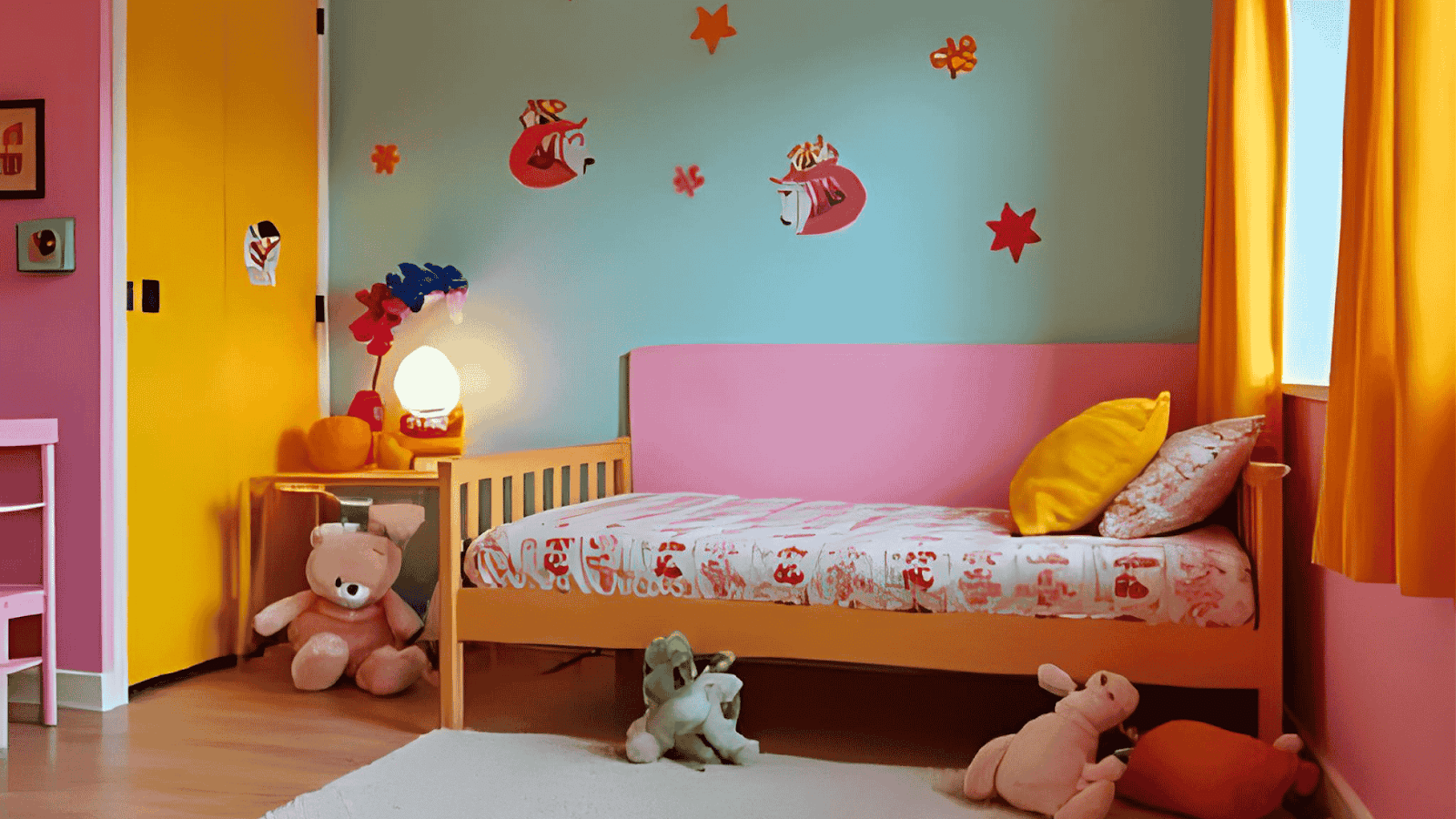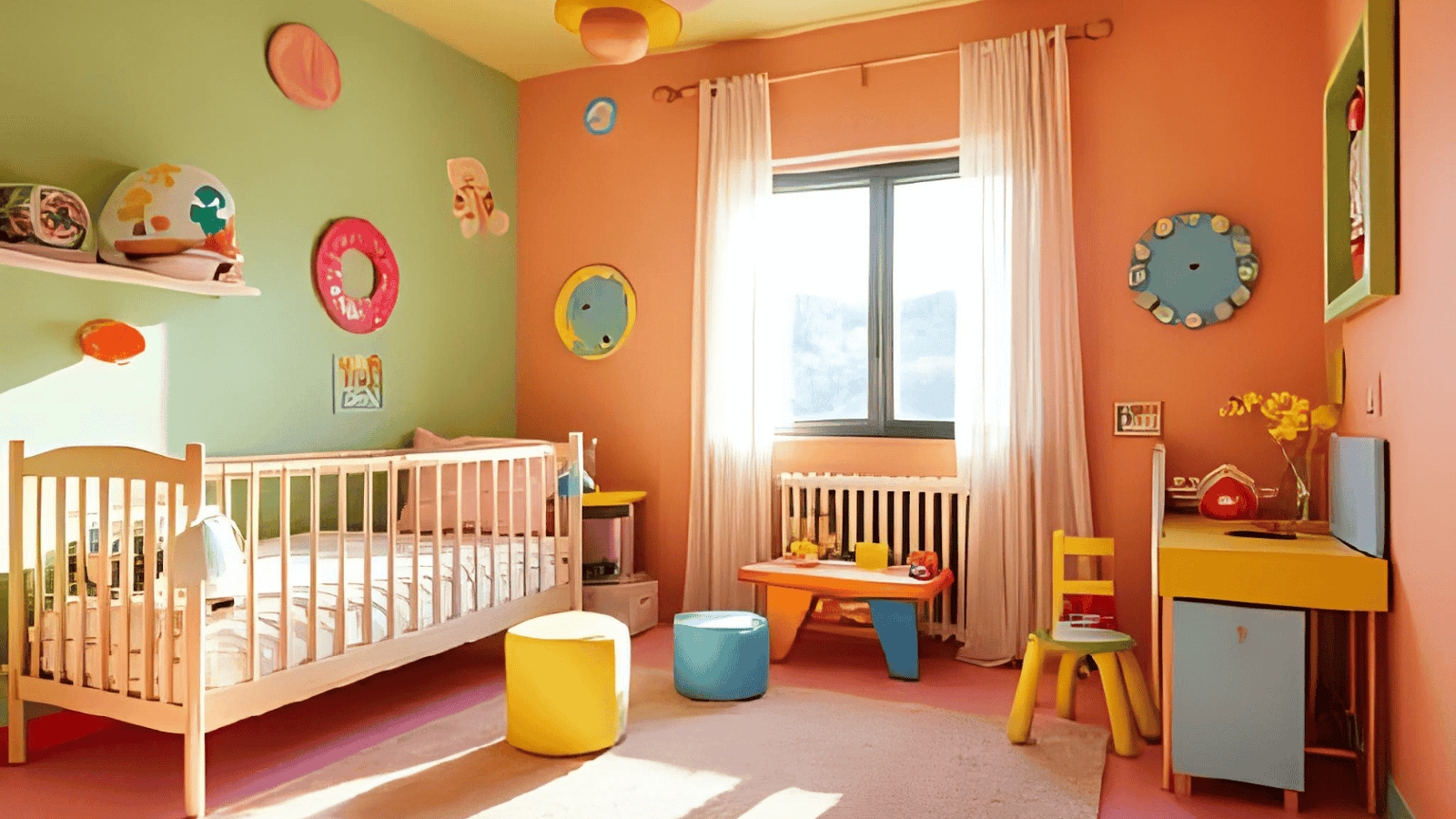Essential Tips for Designing a Kid-Friendly Room

Designing a kid-friendly room is not just about choosing colorful walls and fun accessories; it is about creating a thoughtful and functional space where your child can grow, learn, and feel safe every day. Whether you are planning a new room from scratch or simply remodeling an existing one, certain practical considerations can help you strike the perfect balance between aesthetics and child-centered design. In this article, we will walk you through essential tips for designing a kid-friendly room that combines creativity with safety and efficiency.
Prioritize Safety in a Kid-Friendly Room
When beginning to design a kid-friendly room, the very first thing to consider is safety, because children are naturally curious and often unaware of hazards. Opt for rounded furniture edges instead of sharp corners, secure all heavy furniture to the walls to prevent tipping, and use child-safe window treatments that do not include cords or chains. Additionally, make sure all electrical outlets are covered and any small decorative items are kept out of reach to reduce choking risks.

Choose Functional and Flexible Furniture for Kids
Another important tip for designing a kid-friendly room is to select furniture that adapts to your child’s changing needs as they grow. A convertible crib that turns into a toddler bed or a study table with adjustable height can serve your child for many years. Look for storage furniture that is both low enough for kids to access and versatile enough to hold toys, books, and clothes in an organized manner. Modular shelves and under-bed storage drawers are excellent solutions for maintaining a tidy and functional room.
Use Creative Themes and Colors in Kid-Friendly Room Design
While it's tempting to go overboard with vibrant colors and bold patterns, you might want to consider choosing a theme or color palette that reflects your child’s personality but also remains flexible as their interests evolve. Instead of painting every wall with cartoon characters, use themed bedding, wall decals, or artwork, which can easily be replaced as your child grows older. Neutral backgrounds with pops of color through accessories are a smart and timeless approach.

Focus on Lighting and Ventilation for Kids' Comfort
Natural lighting and good air circulation play a vital role in creating a healthy and pleasant kid-friendly room. Make sure the room receives enough daylight to encourage a positive mood and better sleep cycles. Use layered lighting with a mix of ambient, task, and night lights to support various activities, such as reading, playing, or winding down for sleep. Good ventilation, along with air-purifying indoor plants, can also improve air quality significantly.

Encourage Creativity and Learning Through Room Design
To stimulate imagination and learning, consider adding small but impactful elements like a reading nook, chalkboard wall, or art corner. These additions not only entertain but also help build valuable skills. A well-organized study area with ergonomic seating and easy access to books and supplies will encourage focus and build good study habits from an early age.
Frequently Asked Questions (FAQs) About Designing a Kid-Friendly Room
What are the most important safety features in a kid-friendly room?
Some of the most essential safety features include furniture with rounded edges, anchored bookshelves, cord-free window blinds, outlet covers, and non-slip rugs.
How can I make my kid's room adaptable as they grow?
Using convertible furniture, neutral color schemes, and modular storage can help the room remain relevant as your child’s needs change over time.
Is it better to use bright colors or neutral tones in a kid-friendly room?
A balanced mix works best; you can use neutral tones for walls and main furniture, then incorporate bright accents through decor and accessories for a lively yet flexible design.
What type of storage is best for a child’s room?
Open bins, baskets, under-bed drawers, and low-height shelves work best because they allow children to easily access and put away their belongings, encouraging responsibility.
Stay Updated by Signing up for Our Newsletter
We'll keep you in the loop with everything good going on in the modern working world.











.svg)
.svg)